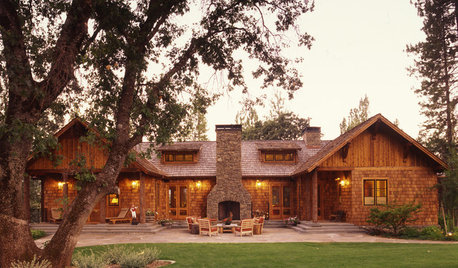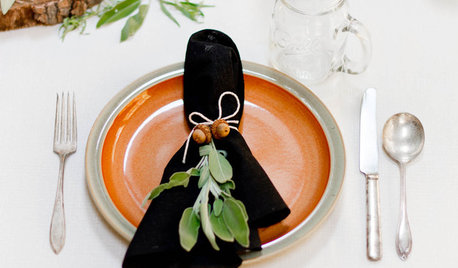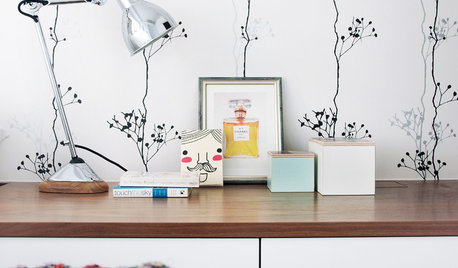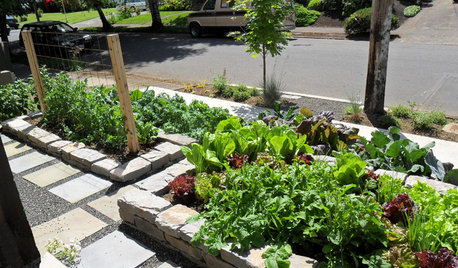Coconut Coor Paper - Utah State University
thegeez
17 years ago
Related Stories

CONTRACTOR TIPS6 Lessons Learned From a Master Suite Remodel
One project yields some universal truths about the remodeling process
Full Story
LIFEShare Your Winter Storm Jonas Photos and Survival Tips!
Let’s see your pictures and hear your ideas on how you’re keeping your house warm and staving off cabin fever
Full Story
ENTERTAININGHouzz Guide: How to Set a Table
Here’s everything you need to know to prep your table for a get-together
Full Story
MOST POPULAR33 Magic Household Cleaning Tips
Houzzers from around the world share their tips for transforming housework into child’s play
Full Story

REMODELING GUIDESYou Won't Believe What These Homeowners Found in Their Walls
From the banal to the downright bizarre, these uncovered artifacts may get you wondering what may be hidden in your own home
Full Story
LIFE10 Steps for Saying Goodbye to Sentimental Objects
Are keepsakes cluttering your space and your life? Consider this approach for letting go and moving on
Full Story
HOLIDAYSHouzz Call: Share Your Personal Holiday Traditions
What winter rituals mean the most to you and yours? Post your stories and pictures
Full Story
FRONT YARD IDEASWelcome Edibles Into the Front Yard for Fresh Food and More
Give your front yard design a boost and maybe even make new friends by growing fruits and vegetables
Full Story
LANDSCAPE DESIGNNatural Swimming Pools: More Beauty, No Chemicals
Keep your skin and the environment healthy with a pool that cleans itself, naturally
Full Story






numbersix
numbersix
Related Professionals
Benbrook Landscape Architects & Landscape Designers · East Patchogue Landscape Architects & Landscape Designers · Lakeland Landscape Contractors · McKinney Landscape Contractors · Cambridge Landscape Contractors · Firestone Landscape Contractors · Fruit Heights Landscape Contractors · Santa Maria Landscape Contractors · Kingsburg Landscape Contractors · Rehoboth Solar Energy Systems · Inver Grove Heights Solar Energy Systems · Draper Fence Contractors · Eagle Mountain Fence Contractors · Gainesville Fence Contractors · Santa Maria Fence Contractorsnumbersix
numbersix
tapla (mid-Michigan, USDA z5b-6a)
amyben
thegeezOriginal Author
stressbaby
amyben
tapla (mid-Michigan, USDA z5b-6a)
maiku
phoenix7801
amyben
schusch
amyben
maiku
schusch
amyben
karam8672
tcharles26
phoenix7801
amyben
amyben